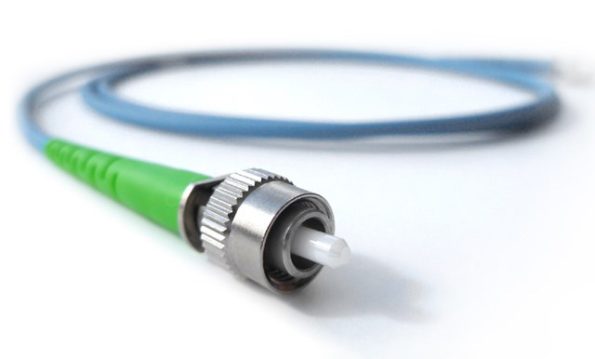Polarization-maintaining (PM) cables are indispensable in modern optical systems, designed to preserve the polarization of light across various demanding applications. This comprehensive guide delves into the ideal scenarios for deploying Polarization-Maintaining Cables, their key advantages, and the criteria for selecting the optimal cable for your specific needs.

Understanding Polarization-Maintaining Cables
PM cables are specialized optical cables engineered to sustain the linear polarization of light over long distances or in complex setups. They feature a unique structure, incorporating a stress rod or asymmetric core design, which enables them to maintain high polarization extinction ratios.
These cables are widely utilized in environments where signal integrity and polarization control are paramount, such as in high-precision sensing, quantum computing, and advanced telecommunications systems.
Key Applications of Polarization-Maintaining Cables
- High-Precision Sensing Systems: In applications like fiber optic gyroscopes or interferometers, where precision is crucial, PM cables ensure stable signal performance. Their ability to preserve polarization minimizes signal distortion, making them essential in navigation and metrology.
- Quantum Computing and Cryptography: Polarization is vital in quantum key distribution (QKD) and other quantum computing processes. PM cables facilitate secure data transmission by maintaining polarization stability, which is critical for quantum states.
- Optical Amplification and Transmission: In telecommunications, particularly in dense wavelength division multiplexing (DWDM) systems, PM cables ensure consistent signal quality over long-haul networks by maintaining polarization across multiple channels.
- Medical Imaging and Diagnostics: PM cables are used in advanced imaging techniques like optical coherence tomography (OCT) for their ability to preserve polarization integrity, resulting in more accurate diagnostic imaging.
Selecting the Right Polarization-Maintaining Cables
- Assess Polarization Extinction Ratio (PER): A high PER indicates superior polarization-maintaining capability. Choose cables with a PER that aligns with the requirements of your application.
- Core Alignment and Fiber Type: Determine whether you need slow axis or fast axis alignment, as this affects how the cable maintains polarization. Also, select the fiber type that complements your system, such as panda, bow-tie, or elliptical core fibers.
- Connector Type: PM cables are often terminated with specialized connectors like FC/APC or SC/APC. Ensure the connector type is compatible with your equipment.
- Environmental Durability: Consider whether the cable will be exposed to harsh conditions. For rugged environments, opt for cables with enhanced protective coatings and jacketing.
- Length and Flexibility: Match the cable length to your system requirements, ensuring minimal loss and easy integration into your setup.
Benefits of Using PM Cables
- Stable Performance: Ensures signal integrity in demanding environments.
- Reduced Signal Loss: Maintains high-quality data transmission.
- Versatility: Suitable for a wide range of applications, from research to industry.
Conclusion
Polarization-Maintaining Cables are a vital solution for applications requiring precise polarization control and high signal stability. By understanding their unique features and carefully assessing your specific needs, you can select the right cable to enhance your system’s performance. Whether it’s for quantum computing, advanced telecommunications, or medical diagnostics, PM cables deliver unmatched reliability and precision.










